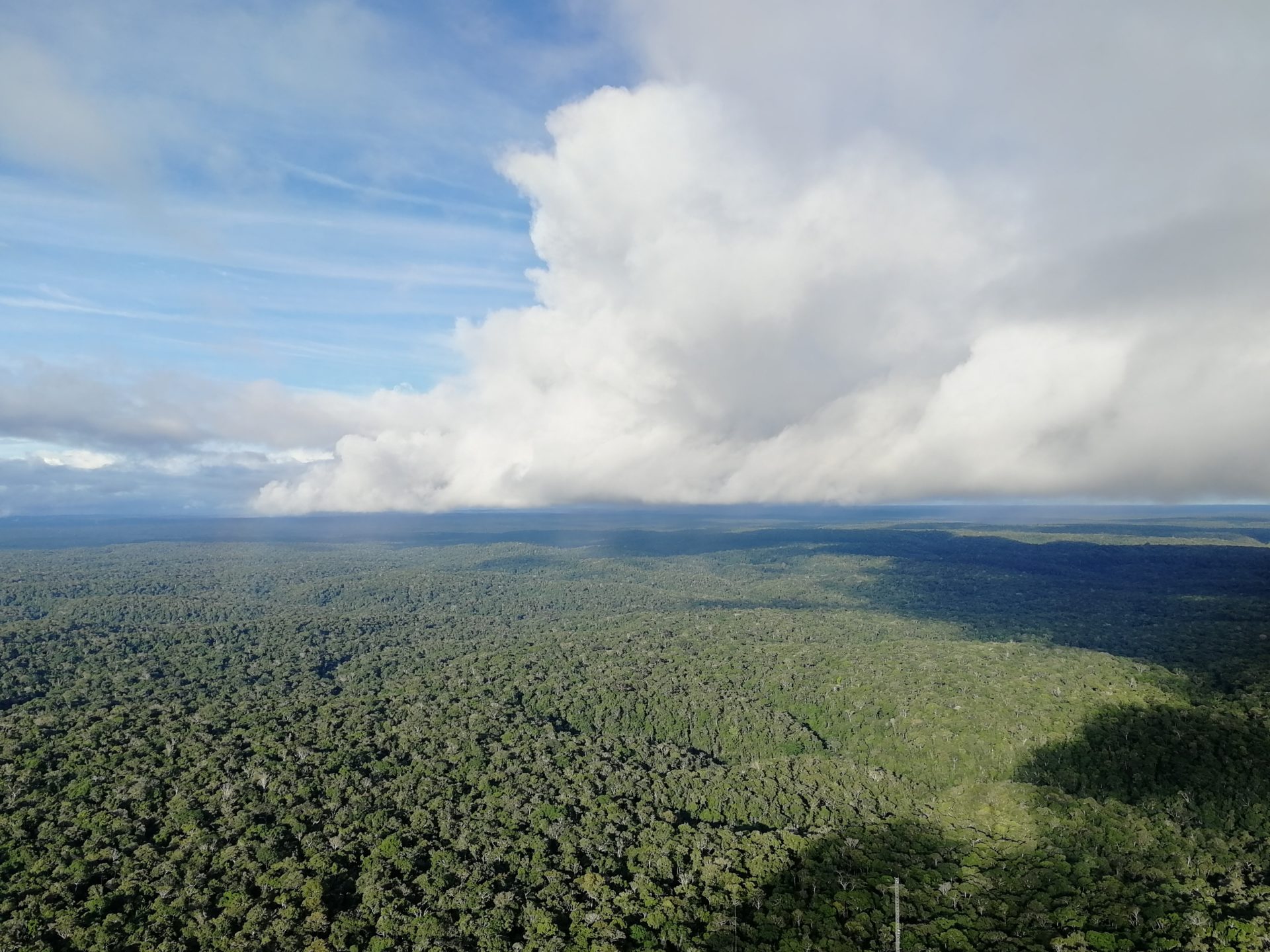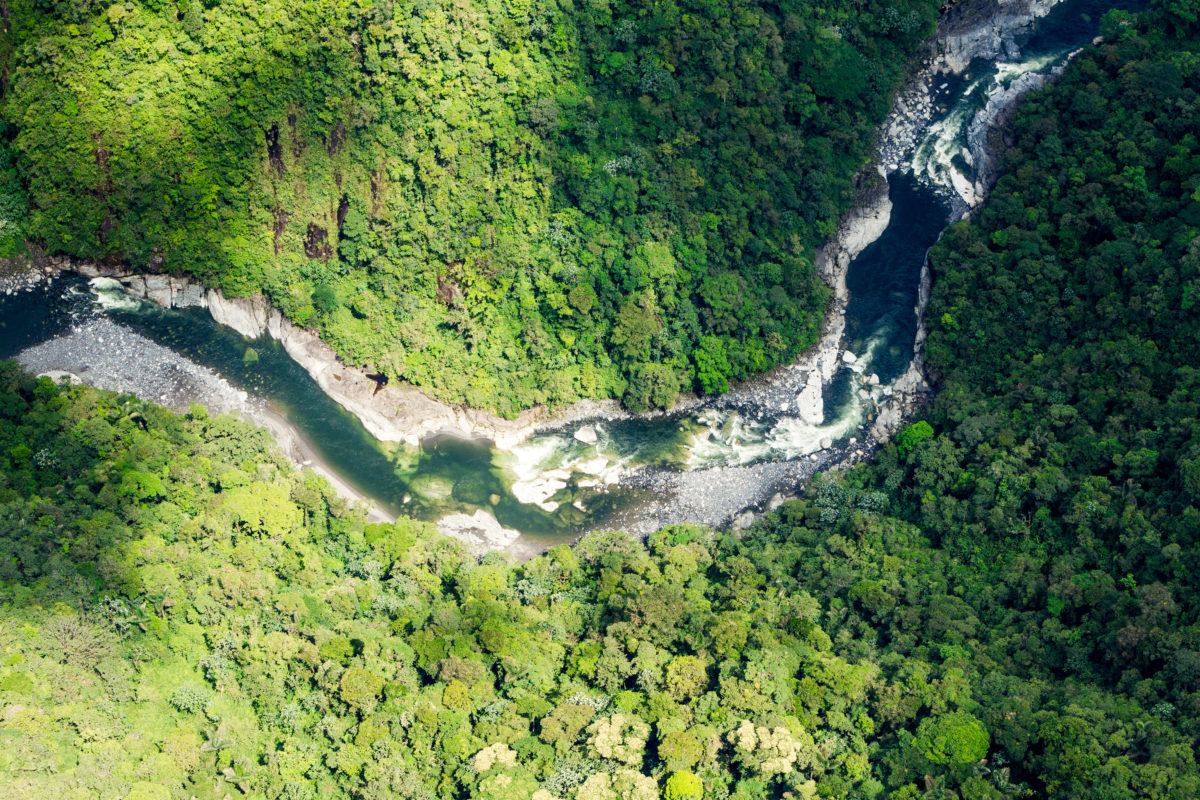Examining land-atmosphere interactions in South America
In South America, land-atmosphere interactions have a strong influence on climate, particularly the hydrological cycle. Moisture exchanges between the land and the atmosphere are essential for sustaining the Amazon forest and ensuring a supply of rainfall to the interior of the continent.
Global climate models (GCMs) need to accurately represent these processes in order for scientists to predict the potential impact of anthropogenic emissions and deforestation on future climate. Evaluating the representation of land-atmosphere interactions in climate models enables researchers to identify improvements required in the models and to reduce model uncertainty. However, to date, evaluation of land-atmosphere interactions in GCMs has been limited. A new study, led by Jess Baker with colleagues at the University of Leeds, examines these interactions and their representation in GCMs.

Previous studies have highlighted soil moisture and vegetation cover to have an important influence on interactions between the land and atmosphere in South America. However, evaluating model representation of land-atmosphere interactions in the region has been restricted by the availability of high-quality datasets, particularly for soil moisture. Baker et al. compiled a suite of land-atmosphere coupling metrics based on previous literature to carry out a focused assessment of land-atmosphere interactions in the region. The study used satellite data, a state-of-the-art reanalysis (ERA5-Land) and two GCMs (BAM-1.2 and HadGEM3). Results from the GCMs were compared to results from an ensemble of nine Coupled Model Intercomparison Project 6 (CMIP6) models.
The study focused on evaluating land-atmosphere interactions on annual and seasonal scales in four areas of South America considered to be coupling ‘hot spots’: the Amazon, La Plata basin, and the Brazilian Cerrado and Caatinga biomes. Baker and colleagues examined the strength of land-atmosphere coupling via the moisture transfer pathway, considering sensitivity of the atmosphere to changes in land surface and sensitivity of the land-surface to atmospheric variations.
HadGEM3 and BAM-1.2 captured key features of South American land–atmosphere interactions and results were broadly consistent with the wider group of CMIP6 models. Findings from the study confirm soil moisture is key for climate models to accurately represent land-atmosphere interactions in South America. Where interactions differed between models and satellite datasets this was attributed to the models misrepresenting soil moisture and rainfall.
In the Amazon, both GCMs were found to over-estimate the importance of soil moisture on evapotranspiration in certain months. This is important, because if models misrepresent the factors controlling the transfer of moisture from the land to the atmosphere, they might not simulate the right climate responses to deforestation or anthropogenic warming. These results have implications for future climate projections of the Amazon, highlighting the need to improve models to increase confidence in projections.

Outside the Amazon, land-atmosphere interactions were mostly determined by variations in the land surface, with moisture-limited evaporative regimes. In the Cerrado, the ERA5-Land reanalysis underestimated the importance of soil moisture, showing the opposite coupling to the satellite data. This result highlights the fact that reanalyses, which are often used to evaluate models, may not necessarily provide a reliable representation of reality. The authors suggest using multiple datasets and a variety of analysis approaches to provide a robust evaluation of land-atmosphere interactions in climate models.
Future climate change is expected to bring changes to the coupling patterns in South America, with some areas expected to see increases in precipitation, whilst others may become drier. Baker et al., demonstrate the need to improve model representation of land-atmosphere interactions in order to more reliably examine future changes to hydrological cycling in South America.
Read the full paper here:
